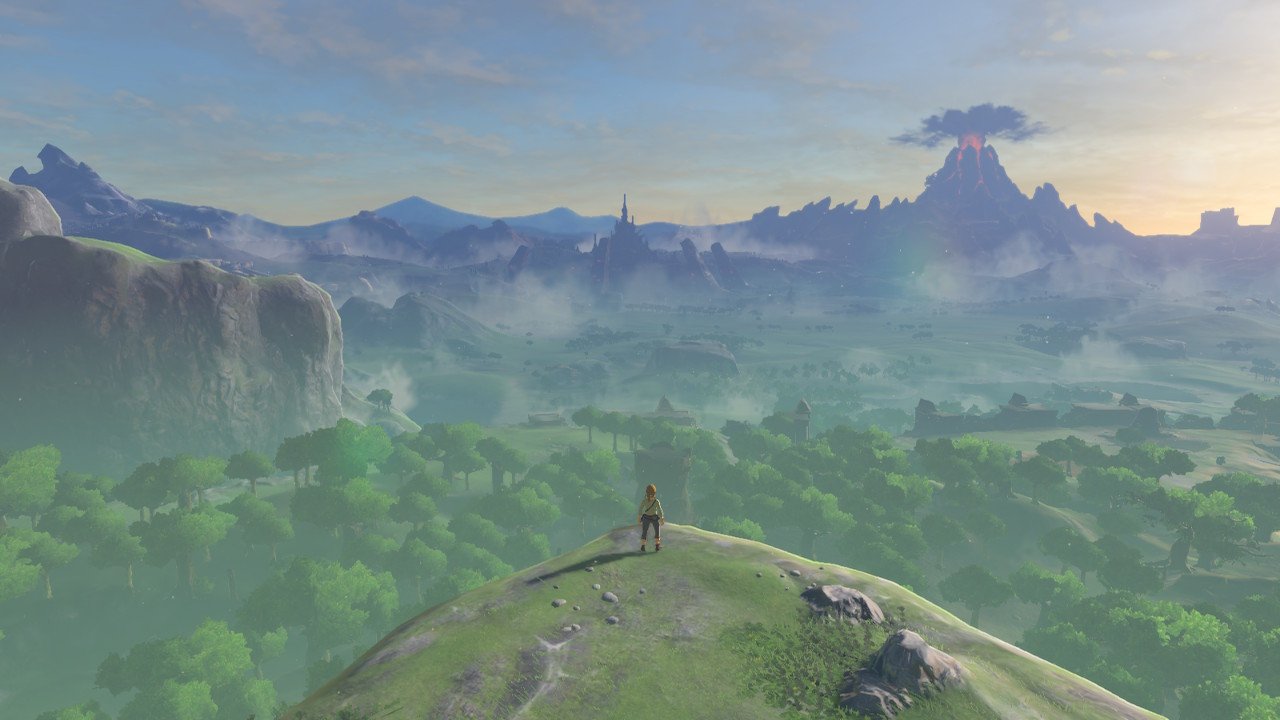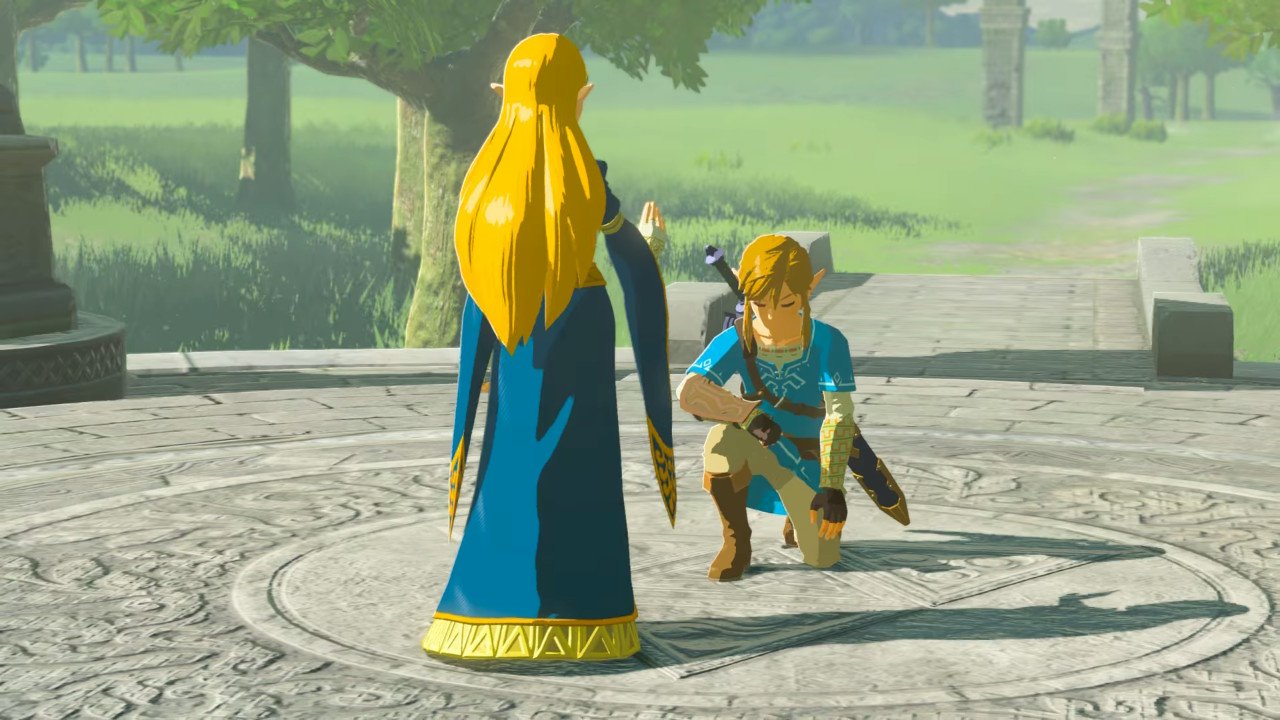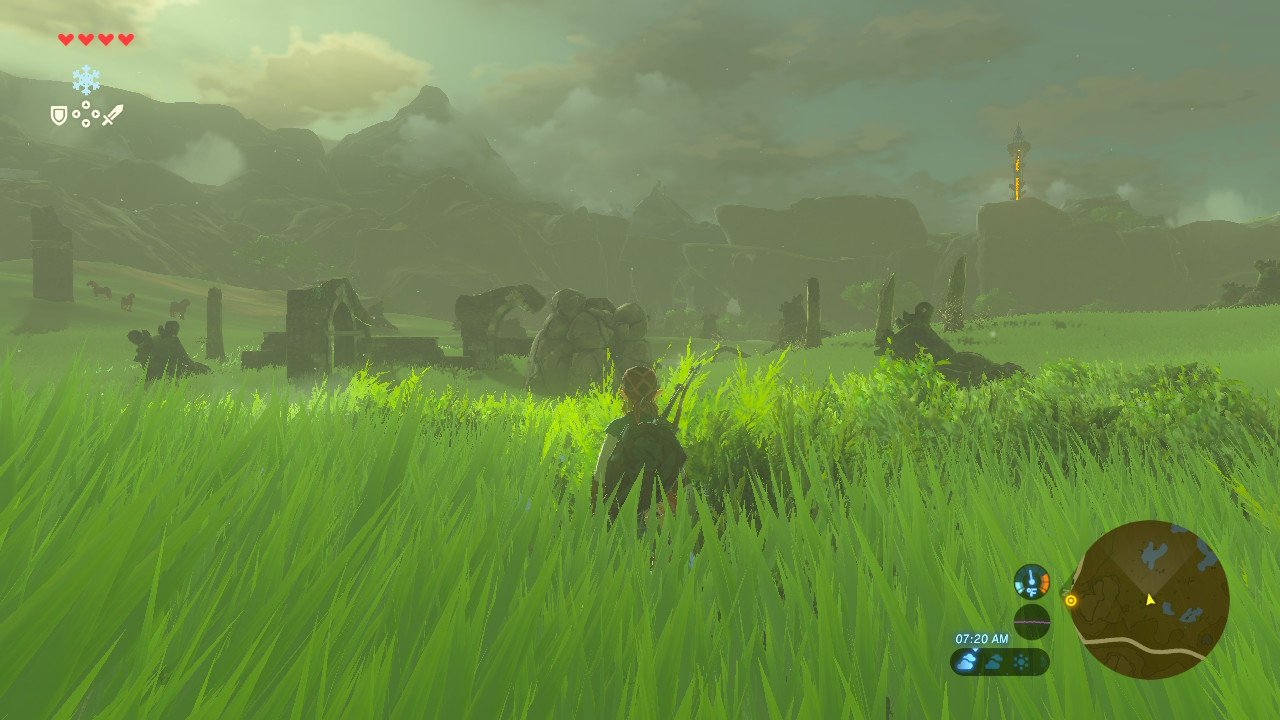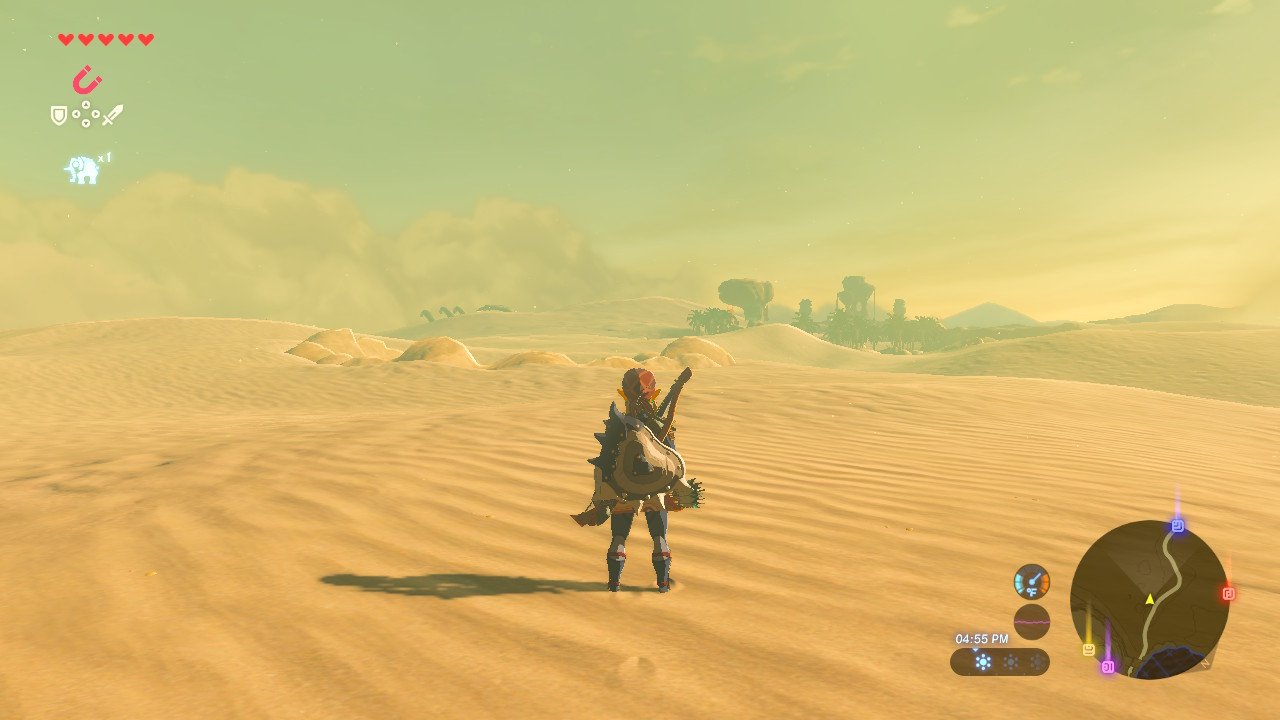Breath of the Wild review, Pt. 1
Foreword: It quickly became clear that a single review (even a giant one) would simply not do Breath of the Wild justice. This game dropped a 32-year-old franchise into a popular, modern genre and completely redefined both aspects of its identity. And since I invested 85 hours and 3 months into this game, I have a lot to say. So buckle up—we’re taking a trip to the fields of Hyrule, and it might get a little bumpy.
The road to respect
In the past few years, we’ve seen two distinct types of open-world RPGs. There are the Skyrim-style games, experiences that replace a powerful story with immersive environments and mechanical systems that combine in stunning ways. And then there are the Witcher 3-style games, experiences built to tell a central story with mechanics that serve a complimentary (but very much secondary) role.
The Legend of Zelda has always been a different beast. The franchise revolves around a Hero of Time who conquers dungeons, defeats bosses, and uncovers new abilities or equipment that help him reach new areas of the map. These progression “gates” direct the player along a linear story; while each Zelda game features a new setting and characters, there are always familiar places and faces in the mix.
Breath of the Wild throws all of that to the wind. It delivers an unbelievably sprawling world filled with opportunity, beauty, and adventure. It’s a game that resonates with every player, whether they’re new to the Zelda franchise or a lifelong fan…but is that enough to elevate something to the echelons of gaming masterpieces?
From the ground up
The Legend of Zelda carries a pretty heavy weight of expectation. Between childhood nostalgia and its role as a cornerstone of the house Nintendo built, the franchise frequently struggles to appease everyone. (That’s been especially true in recent installment, as both Twilight Princess and Skyward Sword received mixed reviews from longtime fans.)
Enter, Breath of the Wild.
Nintendo ignored the established Zelda game DNA, instead drawing inspiration from a decade that’s been rife with critically and commercially successful RPGs. Designers moved away from the familiar dungeon-styled Temples, multi-stage boss battles, and gated progression; instead, they poured all their efforts into unseen elements. But rather than just improve the mechanics, these gameplay systems revolutionized the experience in unimaginable ways.
Yes, you read that right. Breath of the Wild thrives on the interaction of complex systems, from weather events to item degradation to the freedom to skip over every quest or event and walk straight to the final boss. Nintendo handcrafted an incredible world and then unleashed players inside it, opening the floodgates and inviting us—the gamers—to find our own entertainment.
Tools of the trade
At its core, however, Breath of the Wild is still a Zelda game. I found familiar landmarks like Lake Hylia and Hyrule Castle, and I spent time among the Gerudo and Zora peoples. These are all touchstones of the franchise, and rather than replace them, Nintendo chose to transform aspects of their history and “personality” instead. As a result, even the classic elements of the game feel different and innovative, serving to reference past games without dwelling too heavily on them.
Many gamers struggled with the concept of weapons that wear down and break over time. (I personally found it annoying, but easily offset by the bounty of weapons I could take from enemies.) Collecting ingredients and cooking meals/elixirs dramatically affects player experience, and some gamers had a hard time without a centralized recipe book. And still other gamers never really got lost in a beautiful and expansive world that they crisscrossed because of pointless “fetch quests.” (I’ll dive more into that in a later post.)
But you know what? For all of those complaints, people still fell in love with Breath of the Wild. It managed to mean different things to different generations of fans, while also attracting millions of people who had never played a Zelda game before. For that Breath of the Wild deserves all the accolades it has received. And in part two of my review, I’ll take a look at the strengths and weaknesses of the game’s story and lore. (Get ready—that’s is where things get interesting.)





